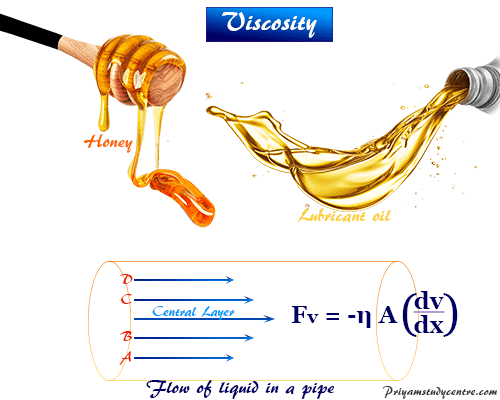

DCA ILs possess lower viscosity than most of common ILs such as tetrafluoroborate, hexafluorophosphate, and bis(trifluoromethylsulfonyl)imide counterparts ( MacFarlane et al., 2002). Furthermore, the structure of DCA anion is much easier to be oxidize by fuming nitric acid, which can be used as new hypergolic propellants. Most of the metal chlorides are insoluble in tetrafluoroborate, hexafluorophosphate, and bis(trifluoromethylsulfonyl)imide ILs, but well dissolved into DCA ILs due to the high complexing ability of DCA anion ( Schmeissera and Eldik, 2014). Therefore, researchers are always on the lookout for the instructive structure-property relationships of ILs that can be put to task-specific design of new functionalized ILs.ĭicyanamide (DCA) ILs are good nonaqueous solvents of transition metal salts because of the ligand ability of DCA anion as a Lewis base ( Simons et al., 2014).

The design processes of novel materials sorely depend on empirical rules. Functionalized ILs/task-specific ILs have already become general pattern to prepare new ionic liquid materials based on the remarkable “design” capacity of ILs ( Muller et al., 2013). In comparison with traditional molecular solvents, ILs have many unique physical properties such as negligible vapor pressure, large liquidus range, high thermal stability, and wide electrochemical window ( Galinski et al., 2006 Andriyko et al., 2009). Ionic liquids (ILs) have many desirable properties to serve as soft functional materials including solvents ( Rogers and Seddon, 2003), catalysts ( Hallett and Welton, 2011), lubricants ( Fan et al., 2014), electrolytes ( Armand et al., 2009), extractants ( Wieszczycka et al., 2013), absorbents ( Brennecke and Gurkan, 2010), magnetic fluids ( Nacham et al., 2015), optical fluids ( He et al., 2015 Zhao et al., 2015), and propellants ( Tao et al., 2008 He et al., 2010 Gao et al., 2015 Yin et al., 2016). The cationic structure-transport property relationships of DCA ILs were constructed for designing novel functionalized ILs to fulfill specific demands. The current intensity ( i p), the diffusion coefficients ( D o), the charge transfer rate constants ( k s) of Eu(III) in DCA ILs all increased with the molar conductivities increased. The electrochemical properties of the DCA ILs are also dominated by the cationic structures. The cyclic voltammograms of Eu(III) in these DCA ILs at GC working electrode at various temperatures 303–333 K consists of quasi-reversible waves.
VISCOSITY CHEMISTRY WINDOWS
DCA ILs have relatively high values of electrochemical windows (EWs), which indicates that the DCA ILs are potential candidates for electrolytes in electrochemical applications. From the Walden plots, the imidazolium cations exhibit stronger cation–anion attraction than the ammonium cations.

The melting points, temperature-dependent viscosities and conductivities reveal the structure-activity relationship of four DCA ILs. This work systematically investigates several important transport properties of four DCA ILs (,, N 4442, and N 8444) including viscosity, conductivity, and electrochemical property at different temperatures. The transport properties of DCA ionic liquids are significant for their applications as solvents, electrolytes, and hypergolic propellants. The dicyanamide (DCA) ILs are typical CHN type ILs which are halogen free, chemical stable, low-viscous, and fuel-rich. The instructive structure-property relationships of ionic liquids (ILs) can be put to task-specific design of new functionalized ILs.


 0 kommentar(er)
0 kommentar(er)
